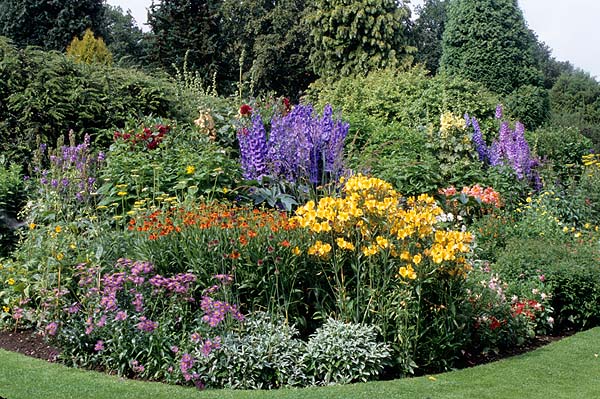Its cold and maybe snowy outside. There is not much chance of getting anything done in the garden.
But this is the BEST BIT.
Now you get to decide what you are going to grow this coming year.
There are several ways of going about this.
1. Decide exactly what you want to grow, then go and find the seeds (or plants) for it.
2. Have a general idea then browse the catalogs to find things that fit your theme or idea.
3. Have no idea so browse catalogs and online to find thing that take your fancy.
4. Combinations of the above.
I have to admit that 1 and 2 are what I do but occasionally something else comes up in my wanderings across the internet and I add it to my list of things to grow.
Whatever your choice winter is the best time to do this. You can curl up with a catalog, or browse online in your favorite way. Check out all the great plants that you could grow and make your choices.
It’s a great way to spend the winter afternoons. Or all day if you feel like it.
There are a few guidelines that you should work with however when choosing your seeds and plants.
1. Where are you going to put them?
This tends to be the biggest problem for a keen gardener who wants all kinds of plants but then finds there is not enough room to fit them all in the garden. Heck I have an 8 acre farm and I still have this problem. I think I would still have the problem if I had 40 acres. You tend to expand to fit the space you have.
Plants also tend to take up more space than you expect them too so plan for less and then they can grow into it.

2. What is your climate?
This is really one of the most important factors. You cant grow tropical plants outside in Northern latitudes and you cant grow cold loving plants in warm southern latitudes. There are always exceptions. If you have a heated greenhouse then of course you can grow tropical plants in cold areas, you may also be able to grow them as annuals if your summers get hot enough. However if your summers are cool then picking something that likes a lot of heat is never going to work for you. Picking a plant that likes cool climates wont work in Florida or a tropical country either.
Always know what climate zone you are in. I will have an article on climate zones later this week so check that out if you are unsure what it means. There is a lot more to a zone map than just hardiness of plants.
Make sure you check your heat AND cold zones. This is very important when choosing plants. If for example you are zone 6 then trying to grow a plant that liked zone 8 is not going to work for you. Most seed catalogs will show the zone that the plant is hardy to. Annuals usually don’t have zone listings since its expected that the plant will die off during the winter anyway. However if an annual likes hot weather you still need to make sure that you have enough heat during the summer to grow it well.
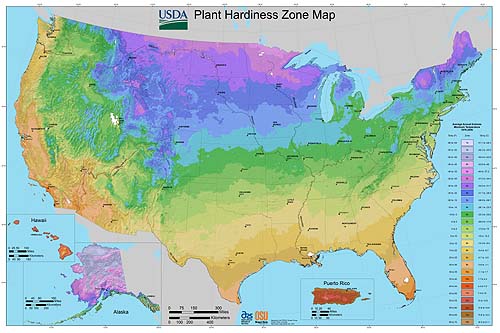
3. Know your soil type.
Quite a lot of plants will only grow on certain soil types. This is why when you travel to a different area you will find plants that you don’t see around your own home. Sometimes this may not be very far at all if the soil or rock type changes dramatically. There are many plants that will only grow on limestone and chalky soils. If you don’t have this type of soil then the plant will not survive unless you import soil specifically for it. The same is true of many other plants. Some like rich loamy soils, other like sandy soils some even like clay and waterlogged soils.
If a plant you are trying to grow is not doing well, do a little research and check out the soil type it prefers. It may well be that you are trying to grow it on a soil that is not suitable.
Many good seed catalogs will tell you what kind of soil the plant prefers. We always ensure that the plant seeds we sell state the preferred soil type. Trying to grow something on a different soil type might work but its not going to be as happy and healthy as the type it really prefers. So when choosing plants try to pick those that will work with your soil type.
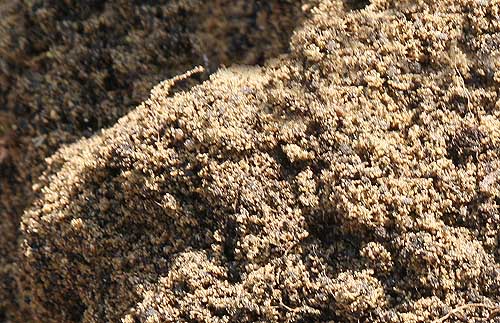
4. What kind of sunlight do you have?
If you have full sun most of them time then your options are pretty wide. If you have a lot of shade then your options are more limited. You can still create a wonderful garden with shade but its going to take a bit more work, at least to start with. Check what kind of light a plant needs before you choose it. If you don’t have a lot of sun picking sun loving plants is going to end in disaster. If you put a shade loving plant in the sun its also going to end up dead. So determine what areas you want to plant, and what the sunlight levels are before you start. All catalogs will tell you how much sun a plant needs. Don’t ignore this its there for a good reason.
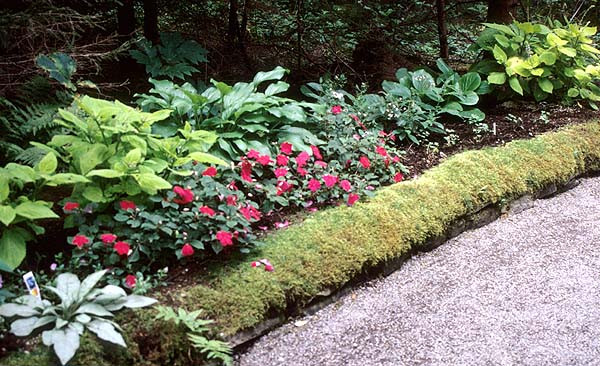
5. What kind of height do you want?
Some plants can grow very tall, others are very short creeping groundcovers. Make sure you know what your chosen plant is going to do. It’s a nasty surprise if you put in a plant thinking its going to be short and find it grows to 6 feet in height! Plant descriptions usually tell you how tall they will grow. If it does not then check another source until you know for sure not knowing can cause a lot of trouble in the garden later on. If creating a border then you will most likely want some that are fairly tall for the back, some middle height for the center and short ones for the front. Check out any professional garden border or photo and you will see this arrangement.
6. Decide what kind of plant you want.
Do you want perennials or annuals? Since were are talking about seeds here I will stick to those and talk about shrubs and trees in another article. While these can be grown from seed, and often are, its not the most common seed choice for gardeners
Perennials take longer to establish but then you don’t have to plant them every year, you just have to maintain them and divide them when they start to outgrow their area. However perennials tend to flower for short periods of time, the rest of the time you just get leaves.
Annuals you have to plant every single year which is more work. However annuals tend to flower profusely for much longer periods of time giving a lot more color and show.
Most people go for a mixture of both for the best results.
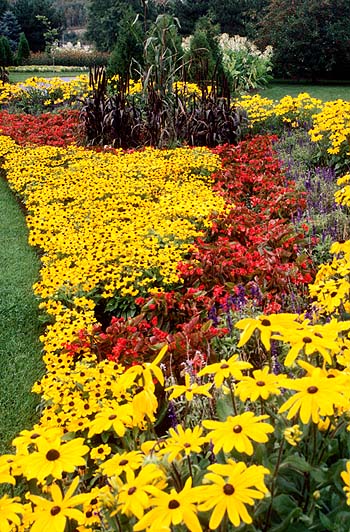
NOW MAKE YOUR CHOICES.
So now you have a good idea of how much space you have, what kind of soil, sunlight levels and climate zone you are in. Now its time to pick your plants. This can be the hardest part, there always seem to be so many interesting plants that you want to grow and not enough time or space to put them.
Best option is to make a list of all the plants you have found that you like. How you organize this is up to you. Me I tend to open a browser tab for each plant, use post it notes in paper catalogs and make a paper list. The list is always long, much longer than I have space for.
Then comes the hard part. Cutting down the list. Crossing off the ones that you cant have, Noting the ones that you cant live without this coming year. Cutting the list down until it’s a reasonable size and the cost is not overwhelming.
A FEW THINGS TO CONSIDER WHEN CHOOSING.
1. If you are picking a plant for a particular reason say a herb that you need for health, then of course it should come top of the list.
2. Things that have really taken your fancy or you have seen and loved should be next.
3. There is always next year. You may need to make a second list of ‘what I will buy next year’ if you don’t have room for everything this year. Of course this will change next year but it gives you a foundation to work on.
4. Cross off anything that you can live without this year.
List of plants.
5. Make sure that you choose MORE than you think you will be able to grow. The reason for this is that not everything ever goes as planned. Some seeds that you buy may not germinate, others may do poorly or you may have a disaster, perhaps one set accidently did not get watered and died. Having grown plants from seed professionally for over 25 years I find that this happens to me a lot more than I would like. Sometimes plants just don’t thrive or a rabbit gets in and eats a whole crop row down to nothing. Now suddenly you have a large hole in your garden having some extra plants of a different kind to quickly fill the hole up is a lot easier than either having a large gap or having to run to the garden center and find something, which of course will cost far more than if you raised it yourself.
6. Don’t be afraid to experiment. Seeds are inexpensive compared to plants. So go ahead and try something new. IF it does not work out move on to something else. Gardeners are forever experimenting, trying new things and learning. Growing more plants that you have room for is far better than not growing enough and staying safe with a few plants from the garden center. So go wild, order lots of seeds and dig in. It’s a inexpensive way to enjoy life and its healthy for you.

